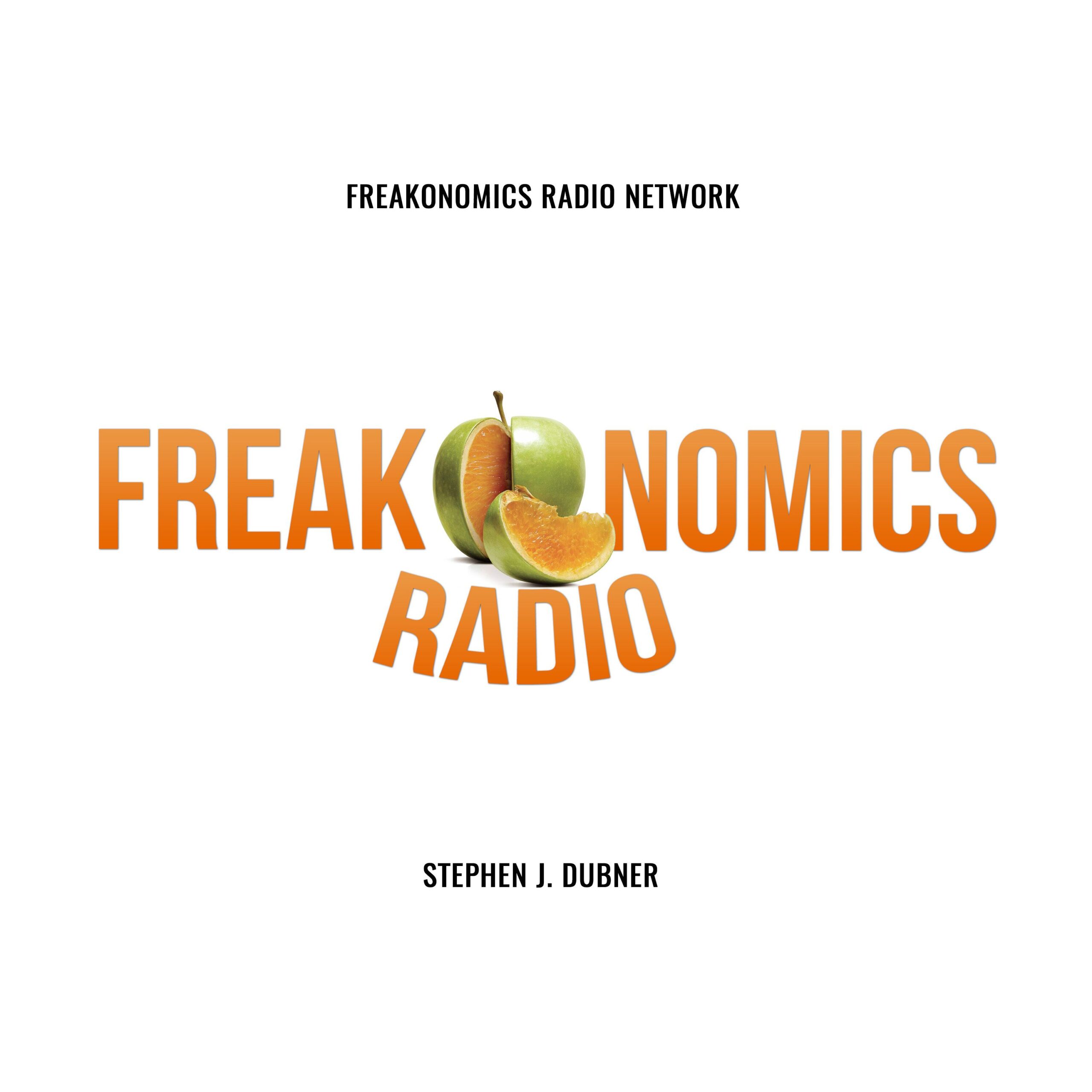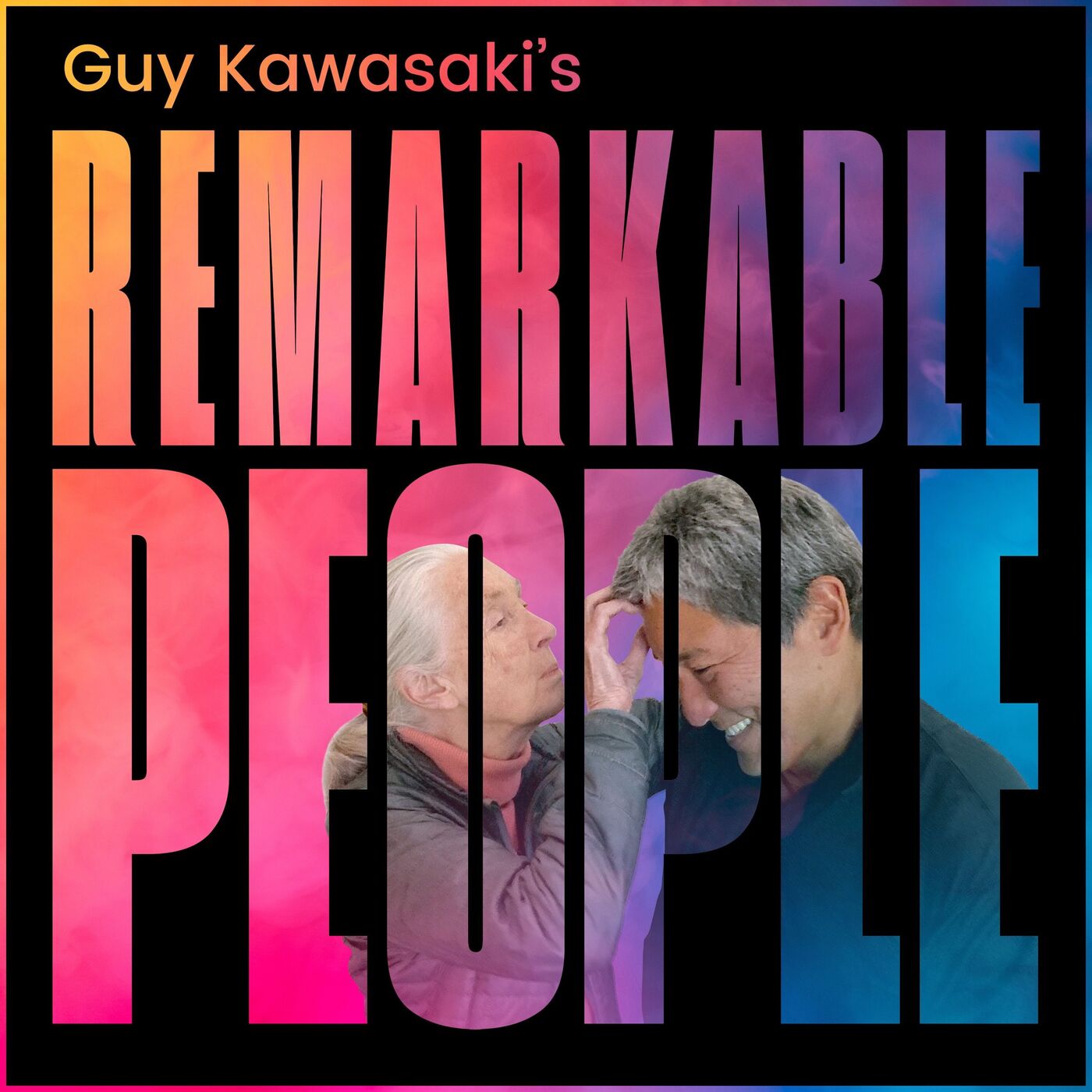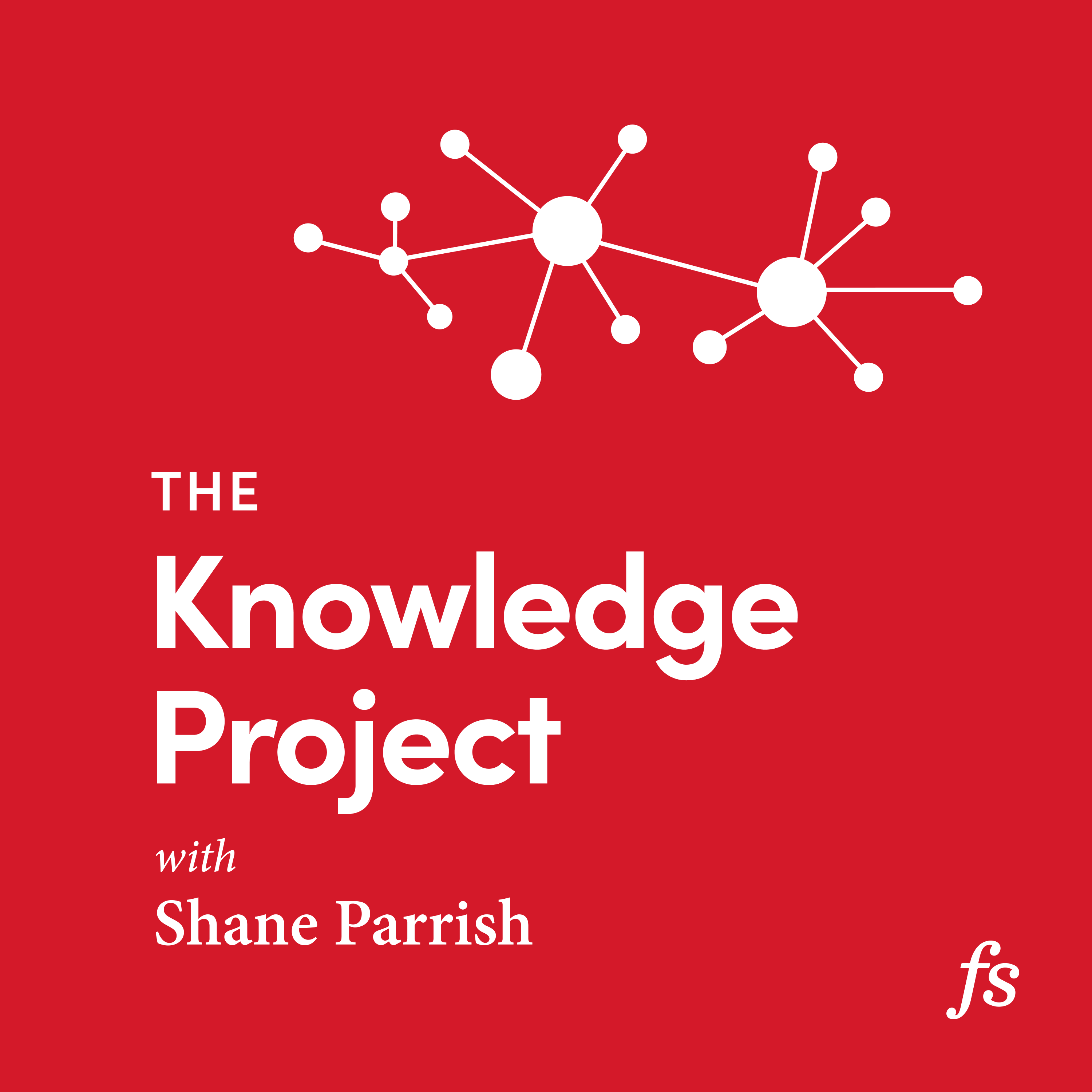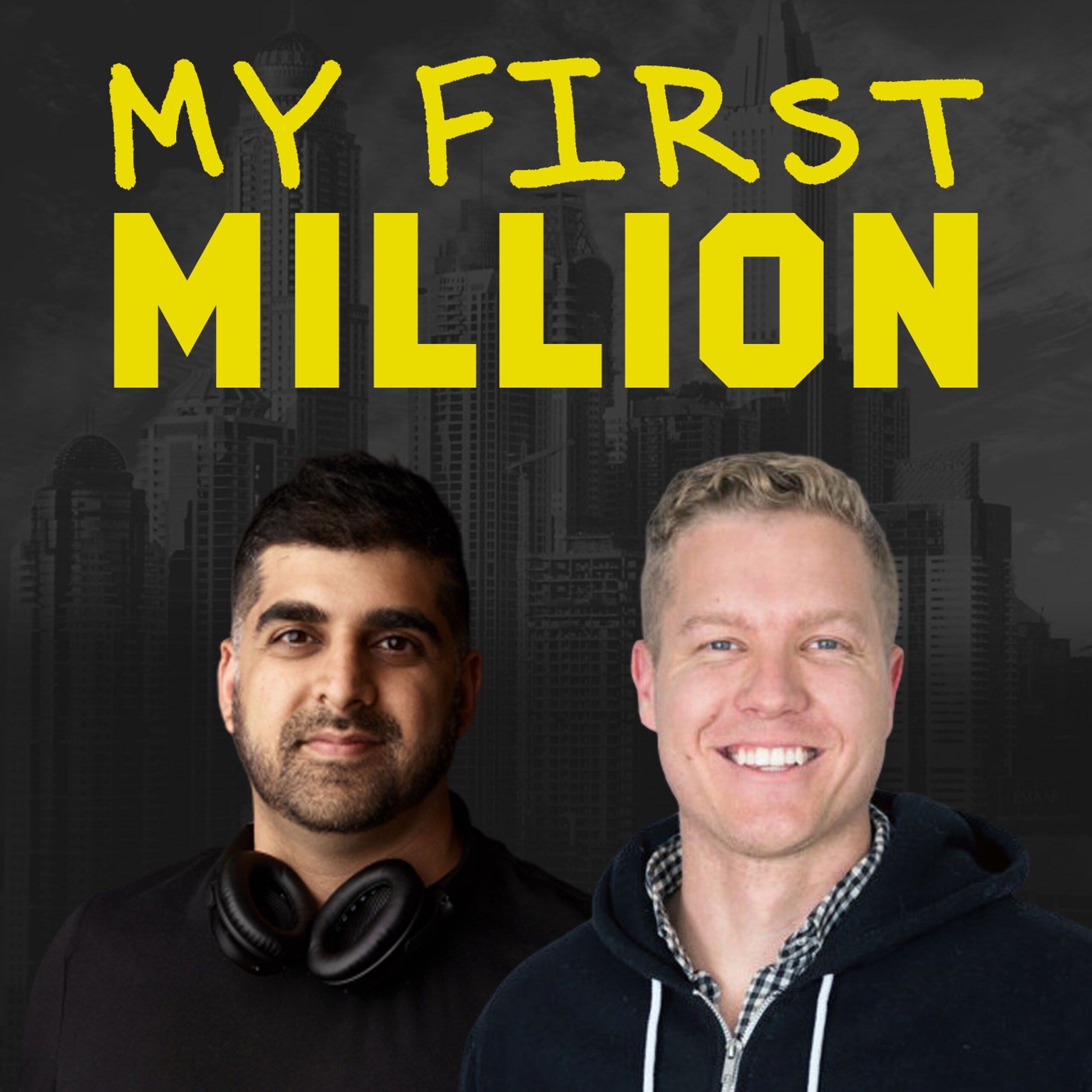#78 – Ann Druyan: Cosmos, Carl Sagan, Voyager, and the Beauty of Science
Ann Druyan is the writer, producer, director, and one of the most important and impactful communicators of science in our time. She co-wrote the 1980 science documentary series Cosmos hosted by Carl Sagan, whom she married in 1981, and her love for whom, with the help of NASA, was recorded as brain waves on a … Read more




